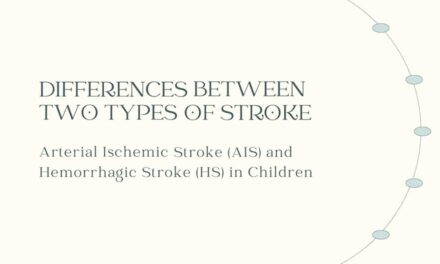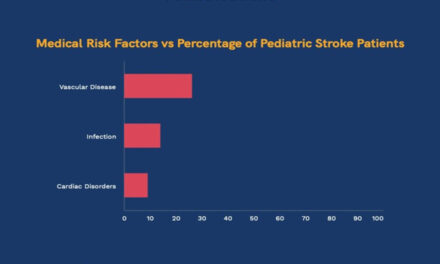The Post-STOP study looked at how often bleeding in the brain, called hemorrhagic strokes, occurs in children and young adults with sickle cell anemia. Sickle cell anemia is a condition where the red blood cells, normally round, are shaped abnormally (sickle shape).
The study collected information from previous trials called STOP and STOP II. The researchers checked medical records of people with sickle cell anemia between January 2012 and May 2014. They focused on strokes where bleeding happened inside the brain, on the surface of the brain, or in the fluid-filled areas of the brain.
They got follow-up information from 2850 out of 3835 people who were part of the STOP or STOP II trials, where most of the patients were around 19 years old. They found that the rate of hemorrhagic strokes was 63 per 100,000 people each year. When they compared the different age groups, they saw that children had a rate of 50 per 100,000 people, and adults over 18 had a higher rate of 134 per 100,000 people. In comparison, the risk of hemorrhagic stroke in the general population, those without sickle cell anemia, is 1.4 per 100,000 children. They also found that 18 out of 35 people with bleeding in the brain had problems with their blood vessels, like moyamoya arteriopathy (narrowing of blood vessels) and aneurysms (swelling of blood vessels).
In conclusion, the study showed that the risk of bleeding in the brain increases as people with sickle cell anemia get older. They also found that certain problems with blood vessels can be common reasons for the bleeding. Therefore, it is a good idea to check for these issues using imaging studies when someone is diagnosed with sickle cell anemia.
Reference, Original Abstract:
Fox CK, Leykina L, Hills NK, Kwiatkowski JL, Kanter J, Strouse JJ, Voeks JH, Fullerton HJ, Adams RJ; Post-STOP Study Group. Hemorrhagic Stroke in Children and Adults With Sickle Cell Anemia: The Post-STOP Cohort. Stroke. 2022 Nov;53(11):e463-e466. doi: 10.1161/STROKEAHA.122.038651. Epub 2022 Oct 7. PMID: 36205141. .
Abstract Translation: Isabella Estrada
Graphics: Isabella Estrada
Medical Editor: Mesha Martinez, MD
Junior Editor: Sanjana Sivakumar





